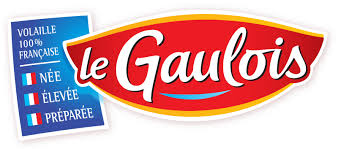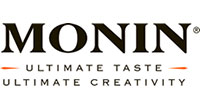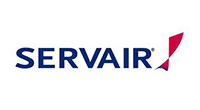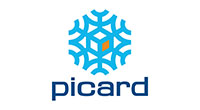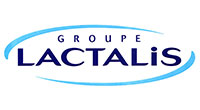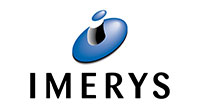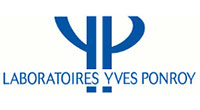According to an Aberdeen Group survey, the top five pressures driving the FMCG companies are:
- demand for complete new product type
- demand for “green” or “clean” products
- first to market
- compliance with regulation
- low cost
Below volume of companies evaluating the issue as important while developing new products, in %
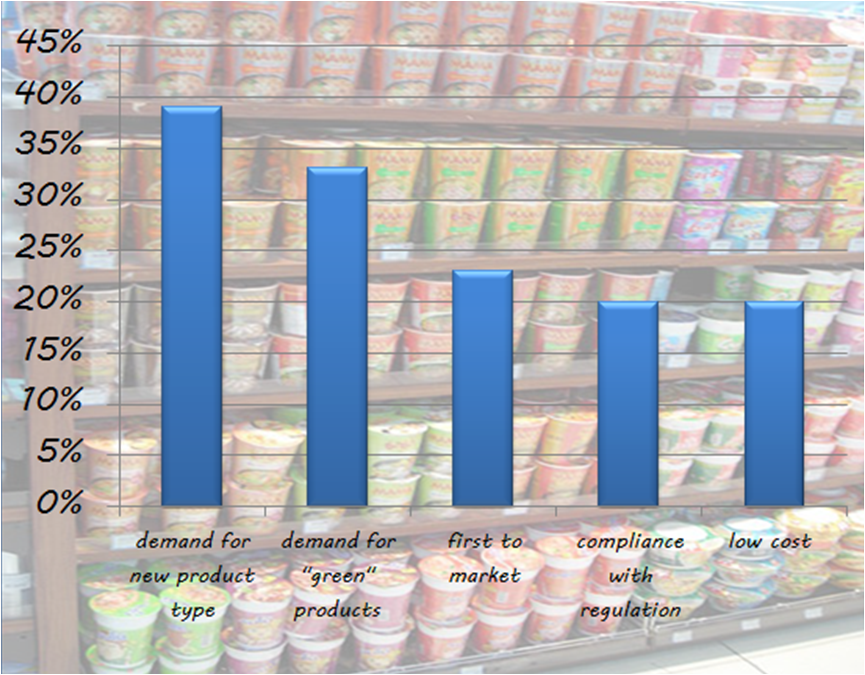
Pure innovation
Demand for new product type is the most common idea of innovation. Consumers want totally new products. This is means not only new packaging, nor changes in existing formulas but new ideas and new concepts. FMCG companies launches many new products each year considering new trends; 2014 was high in greek yogurts naturally flavored products, whole grain trend, gluten-free obsession or coconut mania. For manufacturers, this is the most demanding kind of innovation. It costs a lot and ROI is not guaranteed. Marketing, R&D, quality, business and suppliers have to collaborate efficiently to optimize the NPD process.
Green or clean products
Greener or cleaner products are a fluctuating trend. Consumers are concerned by what they eat and drink and cleaner products market place usually offer better margin than standard food one. Origins, certifications, compliances with regulations etc. is a growing part in NPD. Quality department is more involved than ever in production process. Having a tool providing documents and data attached to a specific product or batch save time, energy and money while auditing or managing claims.
Pressure to reduce time to market
In processed foods, innovation is important to increase growth and profits. Companies are racing to be first to market. Being the first on a niche or the first providing a product responding to customers’ needs is the best way to ensure high margin and future leadership. Those getting later on the marketplace have to compete on a price-base and suffer of poor returns on R&D investments.
Innovation concerns not only the product itself and its formulation but also packaging, certification, co-branding, etc. Consequently reducing time to market involves formulation process, quality compliance, marketing concerns, suppliers’ collaboration etc.
Compliance with regulations
Companies must be able to effectively manage the risk attached to NPD. Risks are all along the new product development process but certification compliance and quality ones are the most important. Global and local regulations become tighter. The new INCO regulations recently adopted in Europe goes far beyond simple packaging changes. As, regulations apply to final products, semi-finished products and ingredients, the final manufacturer is responsible for its suppliers’ products and depends on the reliability of the product information he is been given.
Low cost
Having a tool assisting teams in NPD process is a good means to lower costs. Then, margins can be higher and / or prices can be more attractive to consumers and contribute to enhance market share.
Lascom CPG facilitates the NPD process and includes the following features:
- a formulation tool to easily update or create formulas and automate nutritional value calculation, ingredients list editing, label generation and any other technical document updates
- a supplier portal to transfer product specifications input and responsibilities regarding raw materials
- a task manager module to define and organize project tasks and alerts regarding roles in NPD
- a dashboard module to create reports and analyze ongoing activity
To learn more about how to better innovate with a food industry software, click here








